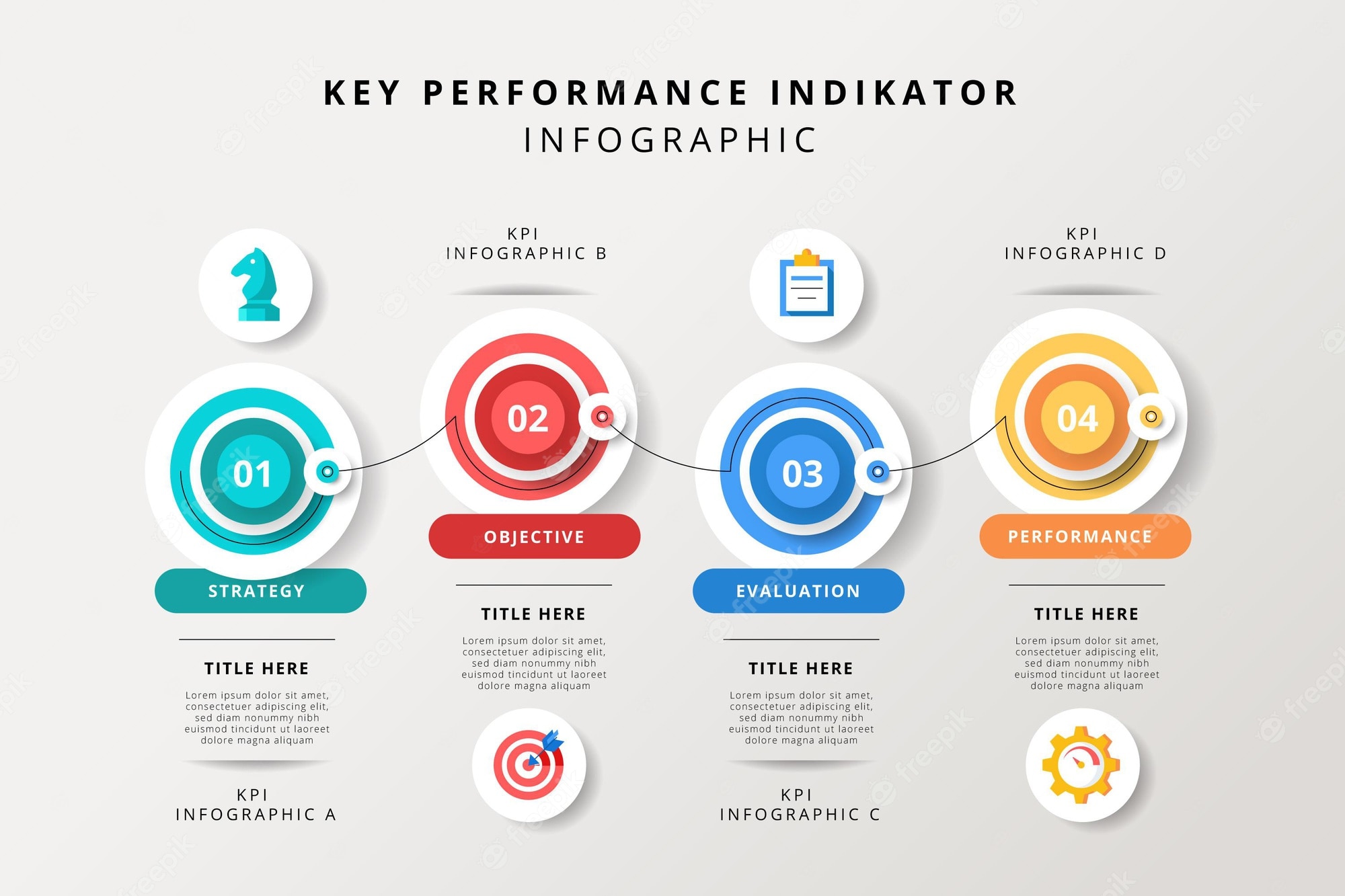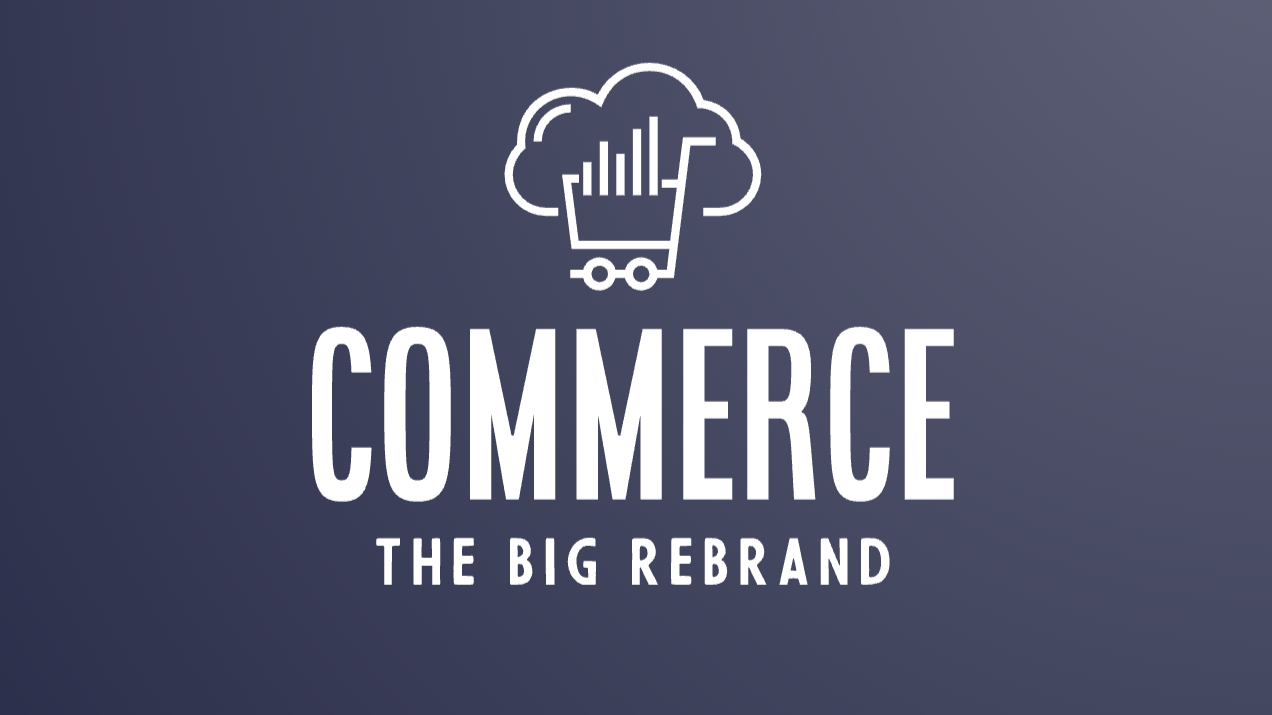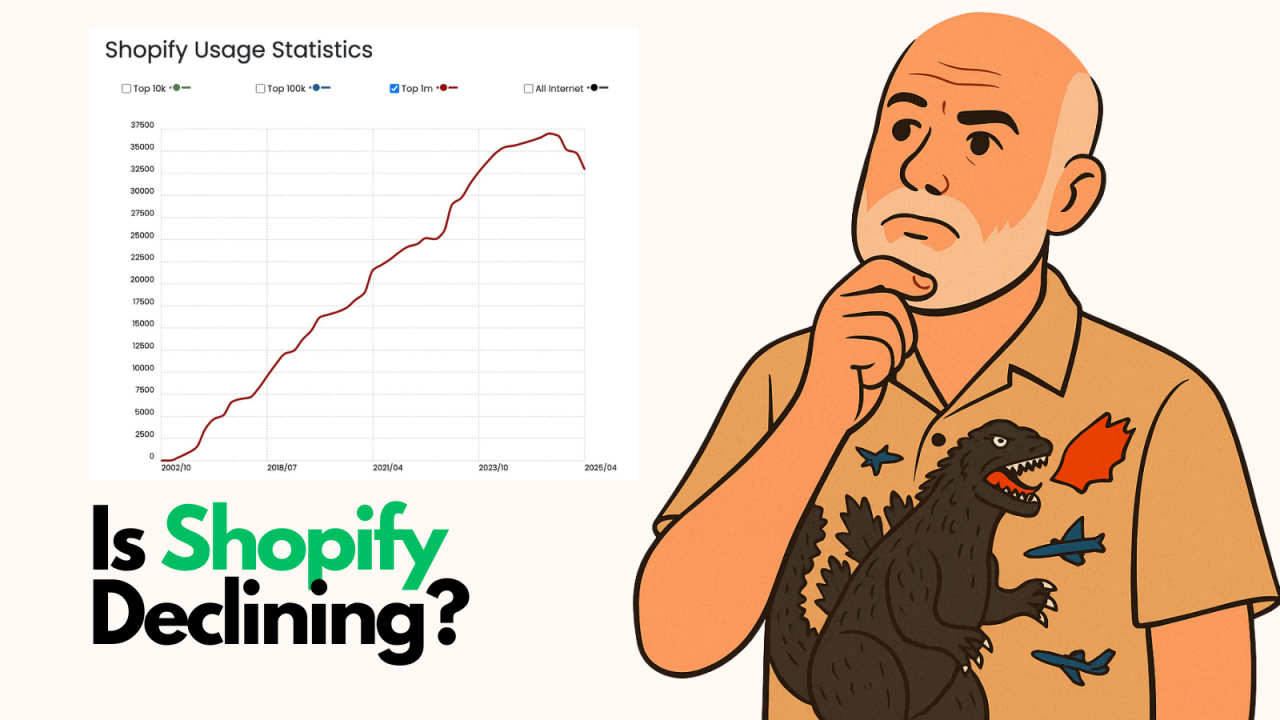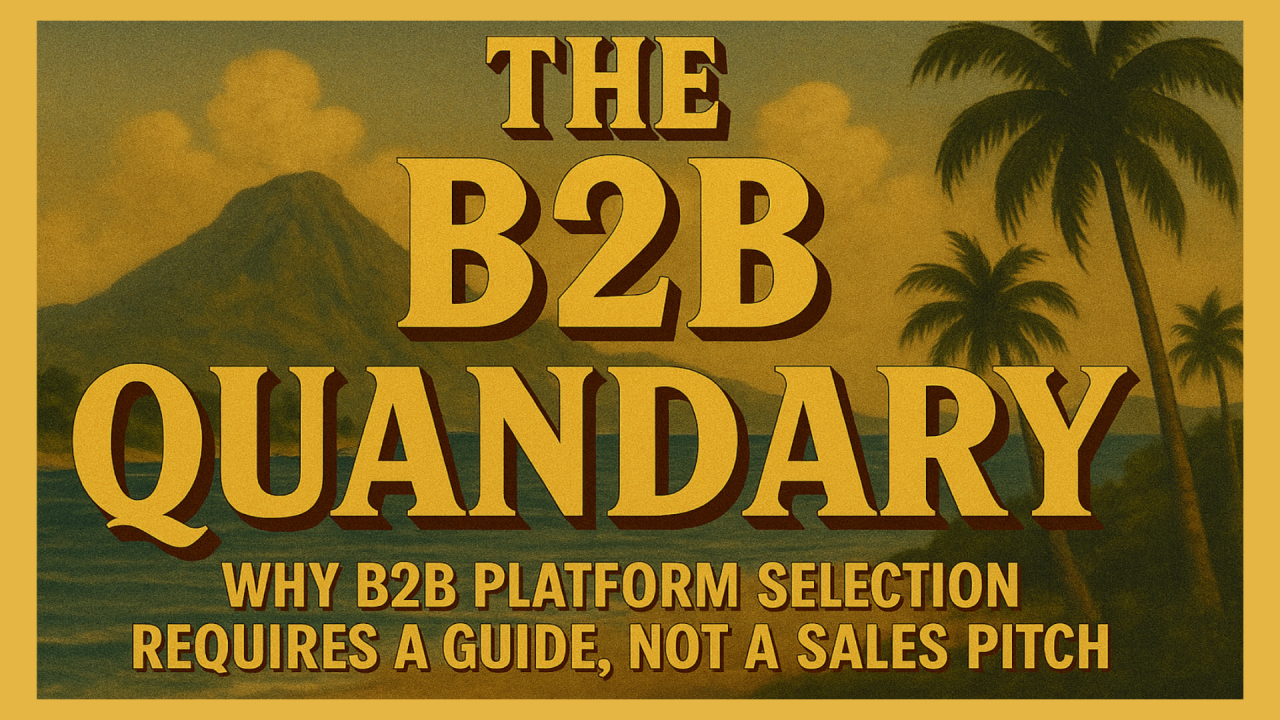

Image Source: FreeImages
Content is the cornerstone of any successful marketing strategy, but it can be difficult to measure its performance and determine whether or not it is achieving the desired results. Measuring content performance is essential for understanding what works and what doesn’t, and for improving content to maximize its effectiveness. Here are 8 tips for measuring and maximizing your content.
If you want to get the most out of your content, you need to measure its performance. Measuring content performance allows you to understand what content is working, what isn’t, and how to improve it. By measuring content performance, you can also identify opportunities to optimize your content and ensure that it is achieving the desired results.
Analyzing your content performance can also help you identify trends and patterns in user behavior that can be used to create more effective content. By understanding how users interact with your content, you can create content that is tailored to their needs and interests. This will help to engage your audience and drive more conversions.
Finally, measuring and analyzing your content performance can help you to identify opportunities for growth and improvement. By understanding what content is working, you can create more effective content, increase engagement, and drive more conversions.
Before you can measure the performance of your content, you need to establish your content goals. Your content goals should be aligned with your overall business goals and should be measurable. For example, you might set a goal to increase website traffic by 10%, or to increase the number of leads generated from your content by 20%.
Once you have established your content goals, you can measure your progress towards achieving them. This will allow you to understand how effective your content is and how you can improve it to achieve better results.
Before you can measure the performance of your content, you need to analyze your existing content. This will allow you to identify where your content is performing well and where it could be improved.
To analyze your existing content, you should review the content itself and compare it to your content goals. This will allow you to identify any areas that could be improved or optimized. You should also review the content’s engagement and conversions to ensure that it is driving the desired results.
Once you have analyzed your existing content, you can track its performance over time. This will allow you to identify any trends or patterns in user behavior that can be used to improve your content.
You should track key metrics such as website traffic, social media engagement, and conversions. This will allow you to understand how your content is performing and identify any areas that could be improved.
Measuring content engagement is essential for understanding how users interact with your content. Tracking engagement metrics such as time spent on a page, bounce rate, and page views will allow you to understand how users are engaging with your content and identify any areas that could be improved.
You should also analyze user comments and reviews to identify any areas where you could improve. This will allow you to understand how users are responding to your content and identify any areas that could be optimized.
Measuring the return on investment (ROI) of your content is essential for understanding how effective it is. Calculating the ROI of your content will allow you to understand how much money you are making from your content and identify any areas that could be improved.
To measure your content ROI, you should track key metrics such as website traffic, leads generated, conversions, and revenue. This will allow you to understand how effective your content is and identify any areas that could be optimized.
Once you have identified areas where your content could be improved, you can take steps to improve its performance. Creating more relevant content will help to engage your audience and drive more conversions. Optimizing existing content can help to increase engagement and drive more conversions. And experimenting with different types of content will allow you to find the content that resonates most with your audience.
Experimenting with different types of content is a great way to find out what works and what doesn’t. This could involve creating video content, using interactive content, or experimenting with different formats.
By experimenting with different types of content, you can find out what works best for your audience and create content that resonates with them. This will help to engage your audience and drive more conversions.
Leveraging automation is a great way to maximize the performance of your content. Automation can help to streamline content creation, optimize content performance, and identify opportunities for improvement.
Using automation tools such as content optimization software, analytics tools, and A/B testing tools can help to optimize your content and ensure that it is achieving the desired results. Automation can also help identify areas where content could be improved, allowing you to take steps to maximize its performance.
Measuring and maximizing the performance of your content can be a challenging task but is essential for achieving the desired results. By following these 8 tips, establishing your content goals, tracking content performance, monitoring content engagement, measuring content ROI, and leveraging automation, you can measure the performance of your content and identify opportunities to optimize it.
For more information click here

Following up on my earlier post about BigCommerce's rebrand announcement, I got my hands on theCleveland...

By Brent W Peterson AI vs Shopify: Is Platform Dominance Ending in 2025?

The B2B OG Reality Check In 1995, I built my first B2B website for my then computer assembly company. It...